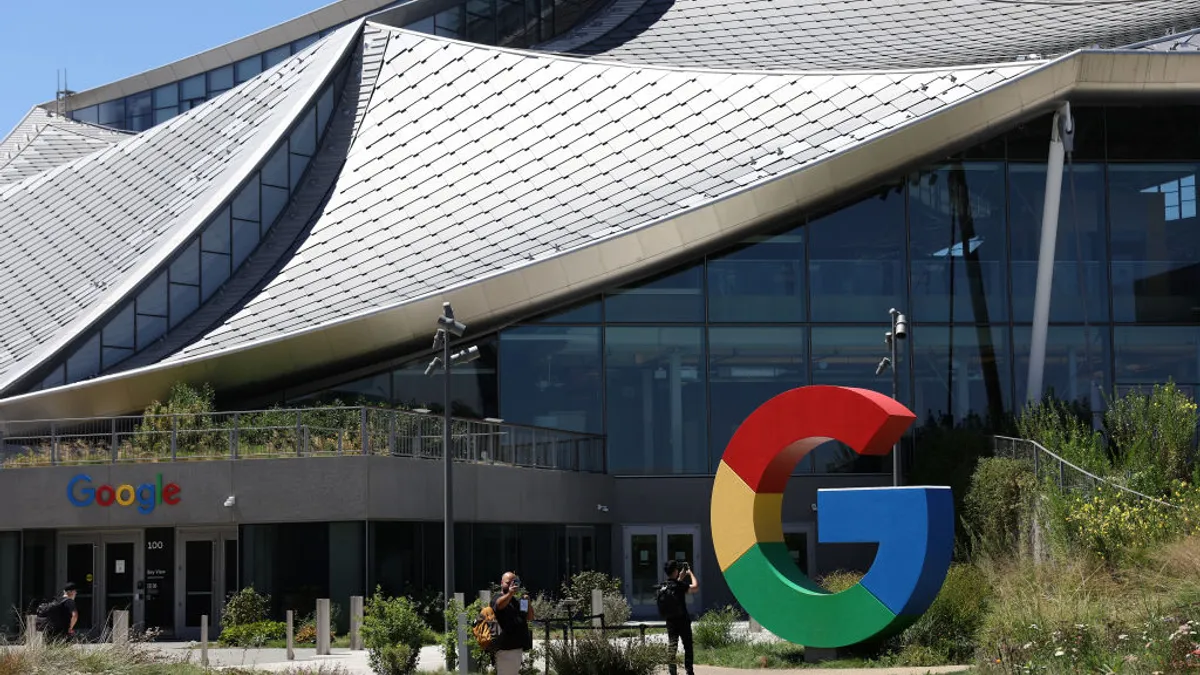The following is a guest post from A.T. Kearney's vice president Brooks Levering and analytics manager Margie Hamlin.
Facing an increasingly inflationary market, paid search advertisers are carefully reassessing their investment strategies to ensure search engine marketing (SEM) is still paying off.
This year, following more than a decade of double-digit growth, the paid search market will top $100 billion globally. While some of the market gains are the result of new services, new users and more clicks, much of the recent growth can be traced to higher cost-per-click, with annual inflation rates range up to 9%.
This means that SEM investments that yielded sound returns even two or three years ago may no longer make financial sense.
Paid search investment theory is often overly complex. Below are six simple ways advertisers can fight inflation and improve returns:
Change the success metric
It all starts with how you measure SEM performance. The challenge here is rarely a lack of metrics. SEM performance reporting has a variety of acronyms (CPM, CPC, CTR, AOV), but the real question is more often, "which one(s) should we be solving for?"
We suggest an old fashioned one: return on investment (ROI), as measured by the incremental profit received, divided by the marketing investment. This is not to be confused with return on advertising spend (ROAS), as measured by attributed net sales divided by working media spend. Otherwise, advanced online marketers still using ROAS need to watch for overindexing SEM investments on relatively low-margin promotional sales, the most common SEM investment error, and reasonably straightforward to prove from the data.
We recommend starting with a simple ROI funnel model to those with limited or no ecommerce presence who see "cost" metrics as the only practical alternative. Fill in the blanks with conservative assumptions and refine from there.
For example, you might begin with a high sales conversion value in the range of 3-4%, which would be higher than all but the very best ecommerce operators. Don't expect to eliminate every distortion, but a reality check helps. At a 4% conversion rate, an average order value of $125 is required for a $5 cost-per-click investment to yield $5 in revenue.
In the case of ROI analysis, broad averages often miss the mark. As with any other investment decision-making, the best thinking is done at the margin. You may be like many other SEM advertisers that make positive returns overall. Yet, when the ROI is broken down on a more granular level, your losers may outnumber the winners.
Triaging the losers improves returns.
Revise the attribution model
Calculating ROI with any precision requires a reasonable sales attribution model.
We understand the eye-glazing effect that discussion of attribution often causes! The range of online attribution models can appear hopelessly complex — and that's not even considering offline.
Our recommendation is relatively simple. If you're still using "last click" attribution, in which 100% of the online sale is credited to the media investment directly preceding the order, start using something else, and for good reason.
Last click has historically been the default setting in popular SEM optimization technology. Of all channels, SEM's ROI is the most overstated by last click, particularly bottom-of-funnel "brand" clicks.
Recent research found multiclick models, with few exceptions, best fits reality — a reality that may require re-weighing your working media investments.
Flex investment budgets
Here's something you probably won't hear from the finance department: In SEM, the working media budgets should not be sacred.
If you're measuring performance by ROI, consider the budget only as a "rough guide." Your success sticking to the budget should not be rewarded.
When assessing SEM, one of the first things we look at is the budget to actual investment report. Unlike traditional media that requires months of planning and creative development, paid search investment can be dialed up or down in real time by simply raising or lowering the bid price.
No wonder SEM can become a "dumping ground" for excess working media budget dollars at the end of the month, quarter or year. We call the phenomenon "budget-based buying." Especially in cases of "use it or lose it" budgets, we commonly see "hockey stick" spending at the end of the period.
As an alternative, we recommend flexing SEM budgets based on ROI hurdle rates. The SEM spending objective is not "proximity to the pin." If the investment meets the ROI hurdle rate, keep funding. If it doesn't, aim elsewhere.
Establish bid ceilings
ROI hurdle rates mean there's a maximum price you can pay for every keyword, also known as a "bid ceiling."
Together with asymmetrical information, inflated winning bids — otherwise known as the "winner"s curse" in bargaining theory — is one result of SEM's generalized second-price (GSP) auction format. With current bid software, you can optimize for all sorts of targets with numerous parameters. You can't, however, always avoid overpaying.
Bid ceilings prevent gross errors that can result from trying to outbid the competition. The more granular and dynamic the bid ceilings are, the more efficient your SEM investments will be. What you'll see is what we call "rogue bidding," and it's more commonplace than you might realize. Some bid prices — even if you were to measure payback in the most generous of terms — would never make financial sense.
Track 'brand' pricing
Particular attention needs to be paid to bid pricing for "brand" keywords.
Under the most-commonly used attribution models, brand keywords yield positive returns. The bidding is less competitive and both the click-through rates and conversion rates are higher than those of non-brand keywords. For most advertisers, brand investment is also a relatively small portion of the total SEM budget.
So, what's the problem?
The problem is the common-sense check. How much does that brand keyword really contribute to the sale if the customer has already traveled so far down the buying path as to type into the search engine, for example, "J. Crew men's khaki pants?"
The answer is beyond the scope of this article, but suffice it to say that at the margin, brand keywords present a challenging investment decision. Even at a generous 50% attribution credit, 10% conversion rate and $0.50 cost-per-click, you-re already at $10 investment per sale.
Brand keyword investment is more than table stakes now.
How an advertiser manages and tracks the cost of brand keywords isn't necessarily a "make or break" decision, it's a leading indicator of overall SEM performance.
Review agency compensation models
Rising brand keyword CPCs are one of many reasons we advise not using commission-based agency compensation models for SEM.
As overall paid search spend increases, the cost to the agency as a percent of the media spend decreases and the arbitrage margin typically widens. At the same time, greater automation enabled by advances in SEO technology is reducing the effort levels — and therefore agency resource hours — required to manage the advertiser's keyword accounts.
For most traditional and even other digital media, the agency's costs are a function of the media spend, broadly speaking. As the budget increases, the number of insertions, publications, outlets and media sellers all rise, requiring greater levels of time and resources to execute effectively.
An agency compensation model that relates to spend in some way, either traditional commission-based or fixed retainer measured against spend as an "effective commission," typically makes sense.
In many cases when it comes to paid search, an agency's marginal cost for managing incremental spend is close to zero. There's a high fixed cost to set up the account, but often very little additional cost to ramp up spend. Higher budgets can be a matter of simply adjusting software settings and bid parameters.
In some agency contracts, paid search is lumped into the larger deal under a commission compensation model or similar structure. As spend increases in paid search, fees increase at a far greater rate than do the actual hours.
If left unaddressed, the gap only continues to widen.
Conclusion
How can you ensure your paid search investment is still paying off?
We've shared six simple ways in which advertisers are sharpening their SEM investment strategies to yield higher returns. These tips don't all need to be done at once, but we suggest you pick at least one and start today.
In the process, you may discover overspending on paid search, requiring decisive action to reign in your investment.
The authors would like to thank Jaroslaw Podsiadlo for his contributions to this article.


















